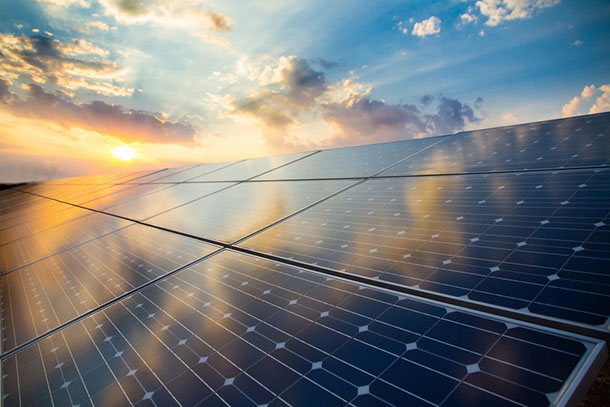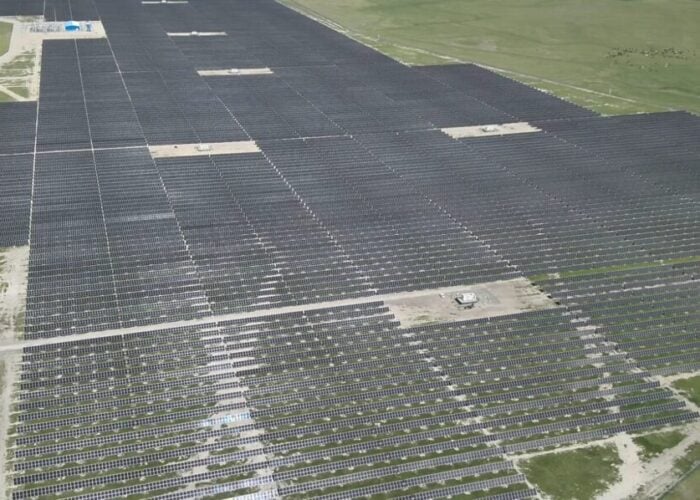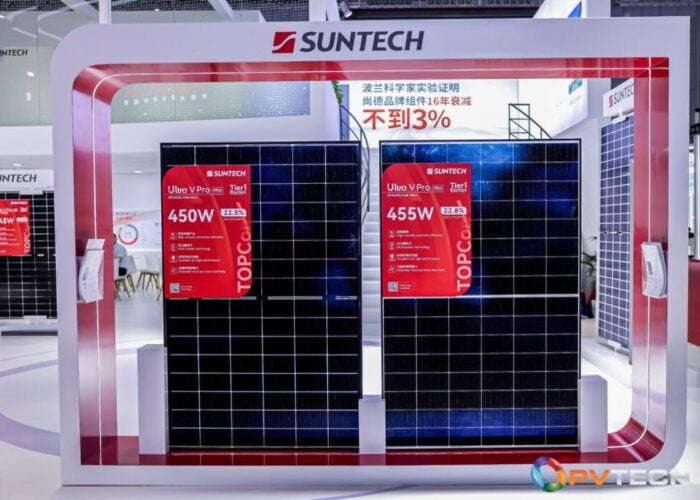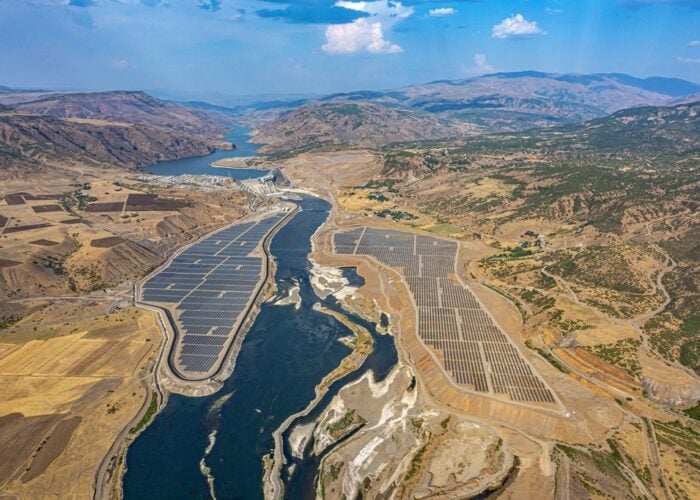
Construction risks may have escalated post-COVID and challenges around power purchase agreements (PPAs) remain, however banks in Asia remain committed to lending to solar projects.
That was the key takeaway from a panel debate at this week’s Solar & Storage Finance Asia event, organised by PV Tech publisher Solar Media, which brought together some of the industry’s major banks to discuss the health of the solar finance community.
Unlock unlimited access for 12 whole months of distinctive global analysis
Photovoltaics International is now included.
- Regular insight and analysis of the industry’s biggest developments
- In-depth interviews with the industry’s leading figures
- Unlimited digital access to the PV Tech Power journal catalogue
- Unlimited digital access to the Photovoltaics International journal catalogue
- Access to more than 1,000 technical papers
- Discounts on Solar Media’s portfolio of events, in-person and virtual
While differences between each market in Asia persist, Zia Azeez, who works in project finance in Asia for the investment banking department of Sumitomo Mitsui Banking Corporation (SMBC), highlighted a number of markets that stand out from the crowd, paying particular mention to India.
India, with its progressive renewable energy targets and established PPA market, is particularly attractive to many lenders as it offers low risk opportunities. SMBC focuses predominantly on utility-scale projects of between 50MW and 500MW in Asia, Azeez said, a size range it finds it to be the “sweet spot”. For such projects in India, the company looks at the risk allocation and offtake risk as its initial consideration. Beyond that though it is a fairly straightforward process, as “the risk associated with construction and operation [of solar] is quite minimal in comparison to other projects”, he said.
That sentiment was echoed by other members of the panel, who highlighted the relative safety of the Indian market. Although across all markets there is currently an additional challenge due to the impact of the COVID-19 pandemic.
Dindo Abueg, managing director of the Korea Development Bank said that one difference that persists since the onset of the COVID pandemic is construction risk owing to the likelihood of delays. This has resulted in lenders having to be be more cautious and monitor projects closely to ensure all potential delays are accounted for.
Other markets, particularly in South East Asia, present more challenges the lenders agreed. Due to the PPA structure in Vietnam especially, that country – which was among the world’s hottest solar markets last year – remains a challenging market for foreign investors.
The panel agreed however that this had not held the market back, with 9GW of rooftop solar installed in 2020 alone due to the nation’s feed-in tariff scheme. It is currently a market dominated by domestic players, with many of the country’s banks being particularly liquid with regards to solar development.
Whilst it is unlikely at this point that there will be a surge of international lending in Vietnam, there may be more opportunity for renewable energy players more broadly as the country looks to expand its offshore wind portfolio to reach its decarbonisation targets, noted Geoffrey Tan, managing director for the Asia Pacific region at the U.S International Development Finance Corporation (DFC).
Whilst the DFC, like the other organisations on the panel, have been focusing largely on utility-scale projects, there is an increasing opportunity in the below-utility sub-sector in markets like Indonesia and the Philippines, Tan said. As these island nations look to replace diesel gensets, there is a lot of opportunity, and whilst this doesn’t strictly lend itself to largescale project financing frameworks, the corporation is looking at collaboration to access risk capital or grant capital to make those projects work.
Overall, despite challenges in some of the more nascent solar sectors in the region the panel, which was chaired by Susana Vivares, from the Energy Transition Finance Platform at IRENA, agreed that it is a very favourable environment for solar financing in Asia currently.
“The world is going green, so it’s one of the best spaces to be in in the project financing space,” said Azeez.







